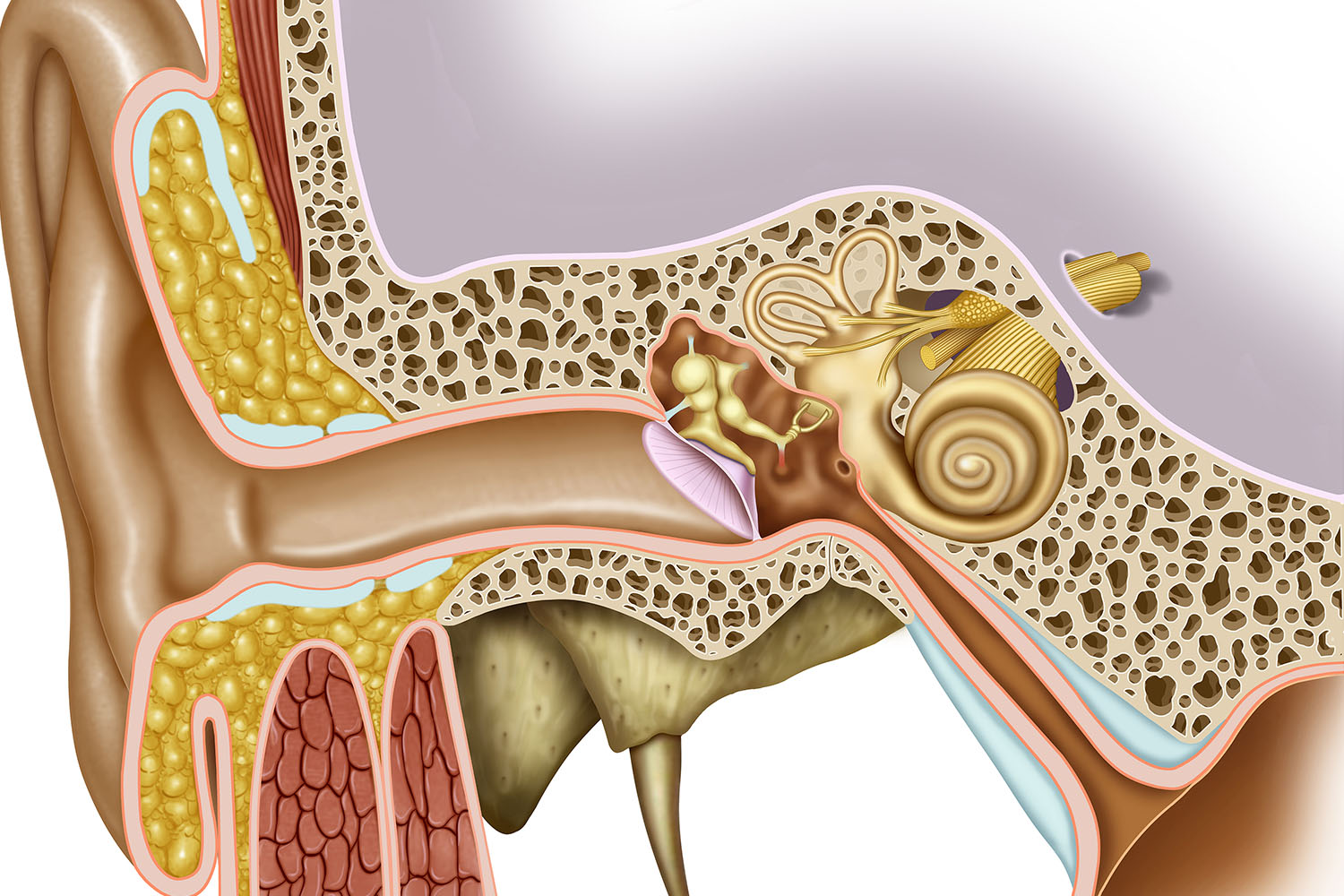Overview
Ear anatomy embodies the marvels of sensory perception and equilibrium, serving as the gateway to auditory sensation and spatial orientation. From the outer ear’s delicate auricle to the inner ear’s labyrinthine structures, the human ear is a masterpiece of evolutionary design. In this blog, we embark on a journey to unravel the complexities of ear anatomy, drawing upon factual insights and research findings to illuminate its structure, function, and significance in human physiology.

Understanding Ear Anatomy:
Ear anatomy comprises three main regions: the outer ear, middle ear, and inner ear. Each region plays a distinct role in the transmission of sound waves and maintenance of balance, collectively contributing to auditory perception and spatial awareness.
Outer Ear:
The outer ear consists of the visible auricle (pinna) and the external auditory canal (ear canal). The auricle serves to collect and funnel sound waves towards the ear canal, where they are directed towards the eardrum (tympanic membrane). The ear canal is lined with specialized skin cells and glands that produce cerumen (earwax), which helps protect the ear canal and eardrum from foreign particles and microbial infections.
Middle Ear:
The middle ear is an air-filled cavity located behind the eardrum. It houses three small bones known as the ossicles: the malleus (hammer), incus (anvil), and stapes (stirrup). These ossicles transmit sound vibrations from the eardrum to the inner ear via a chain-like mechanism. The middle ear is also connected to the nasopharynx by the Eustachian tube, which helps equalize air pressure between the middle ear and the external environment.
Inner Ear:
The inner ear is a complex structure housed within the temporal bone of the skull. It consists of the cochlea, vestibule, and semicircular canals. The cochlea is responsible for converting sound vibrations into electrical signals that are transmitted to the brain via the auditory nerve, allowing for auditory perception. The vestibule and semicircular canals contain sensory organs responsible for detecting changes in head position and movement, thereby contributing to balance and spatial orientation.
Function and Significance of Ear Anatomy:
Ear anatomy plays a crucial role in auditory perception, spatial awareness, and overall sensory integration. Research has elucidated the intricate mechanisms underlying sound transmission, auditory processing, and balance control within the ear. Disorders affecting ear anatomy, such as hearing loss, otitis media, Meniere’s disease, and vestibular disorders, can have profound implications for communication, mobility, and quality of life.
Ear anatomy represents a symphony of sensation and balance, embodying the harmonious interplay of structure and function within the auditory and vestibular systems. Through its intricate design and physiological adaptations, the human ear enables us to perceive the world around us with clarity and precision. As we continue to unravel the mysteries of ear anatomy through research and inquiry, let us marvel at the beauty and complexity of this essential sensory organ, embracing its role in shaping our perception of the world and enriching our lived experience.


